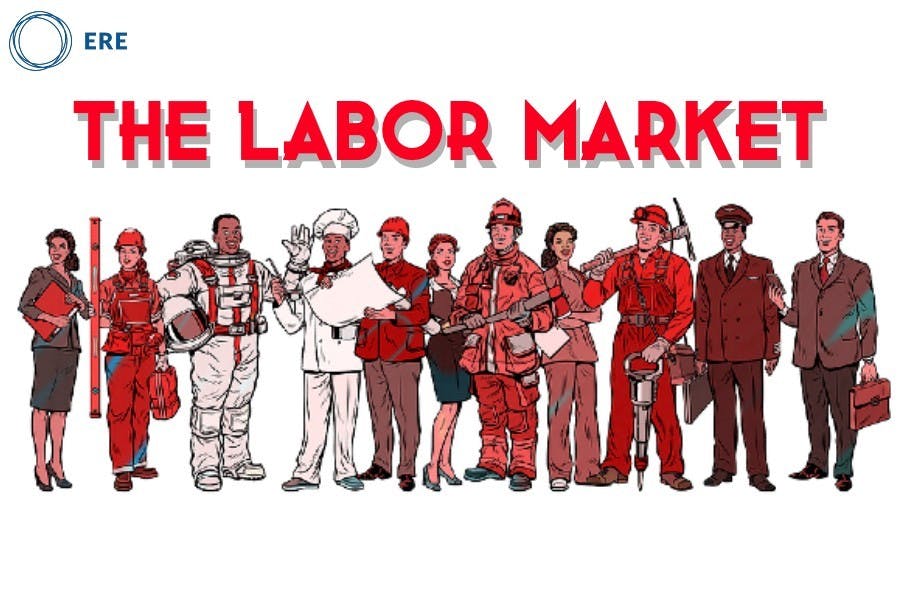In time, we may look at the years before 2020 as B.C. (Before Covid) and the period after as A.D. (After Devastation).
One hallmark of the A.D. years will be the change in labor markets that have long been shaped by patterns of migration. At the start of the 20th century, most of the U.S. population and industry was concentrated in New York, Illinois, Pennsylvania, Michigan, and Ohio. WWII saw the expansion of industry to other states, as 16 million people relocated to new and growing industrial centers during the war years. Then in the post-war years up to 1970, about 12 million people moved to major cities, mainly in California and the upper Midwest.
The growth of a high-tech and knowledge economy continued the trend of the population moving to large cities, especially on the coasts. Major metropolitan areas (with a population over 1 million) gained about 68,000 new migrants annually from 2000 to 2015.
The pandemic has put the last nail in the coffin of that trend.
In the last five years, the gains of population in big cities have turned into an annual loss of 167,000. The biggest losers have been megacities (population over ten million). For instance, the New York metropolitan area lost 196,000 residents last year; Los Angeles lost 122,000. San Francisco lost over 28,000 in the second quarter of 2019. And Chicago has lost about 90,000 residents since 2014, and now has fewer residents than a decade ago.
Where Are People Going?
The most recent Census data shows that people are moving to suburbs and small towns, places with lower population density and detached housing, where social distancing is easier and consequently infection risk is lower. These are mainly in the South. Three of the top 10 metro areas with the largest gains in population between 2010 and 2019 were in Texas: Dallas-Fort Worth and Houston gained over a million residents each, Austin gained over half a million.
The current crisis is accelerating this trend, but it had started much earlier. A survey by Gallup in 2018 found that only 12% of Americans now prefer to live in a big city. The majority (56%) want to live in a rural area, a small city, or a town. The rest want to live in a suburb.
The trend of people moving to smaller towns and rural areas will only increase as the population ages. And it will continue to age. By 2034 older adults are projected to outnumber children. Americans under 30 are the only group whose top desired place to live is not a rural area. In general, older workers show great interest in living in rural areas, or small cities and towns. The Gallup data shows that even millennials, who many assume love living in big cities, would leave cities and move to the suburbs and rural areas.
There’s also a sizable gap between where people live and where they would prefer to live. About 15% live in a rural area, while 27% say they would ideally live in such an area. So given the opportunity, more will move.
The Recruiting Challenge
This reverse migration is causing labor markets in major cities to shrink and consequently making it harder to find candidates. That many jobs are now being done remotely doesn’t make this much easier. Most employers expect to eventually have employees come into the office occasionally, or perhaps one or two days a week. If that happens, it will require hiring locally. But with an increasingly dispersed labor pool, recruiting becomes even more difficult because people are not inclined to commute far for work.
As it is, Americans have among the shortest travel times in the world, and it’s unlikely many are interested in longer commutes. Even where public transit is available, many are uncomfortable using it. In one survey, less than 10% of respondents said they feel comfortable riding public transit, and half said they plan to wait until there’s a vaccine before taking public transport.
Employers need to resolve the mismatch between expectations when it comes to remote work: 82% (about 75 million employees) of U.S. office workers say they want to continue to work from home when the pandemic is over, and many will be resistant to coming to the office with any regularity.
Another consideration when it comes to requiring employees to work from an office should be equality. Employers that shy away from flexibility in work arrangements tend to discriminate against women, who are still the default caretakers and often must manage caring for children and other family members. Women of all ages also do more chores around the house than their male partners, regardless of either the man’s or woman’s career or income.
Many people today are experiencing what the residents of Berlin must have felt on May 8, 1945, the day the war ended in Europe. No one could tell them what comes next, as they stood in the rubble, wondering. The world they knew was gone for good, but it did leave an opportunity to create something new, something better.
In the A.D. years, any recruiting strategies should plan for labor markets that are increasingly older, dispersed, and shrinking. Yet the door is open to creating new recruiting models that can be better than those B.C.
